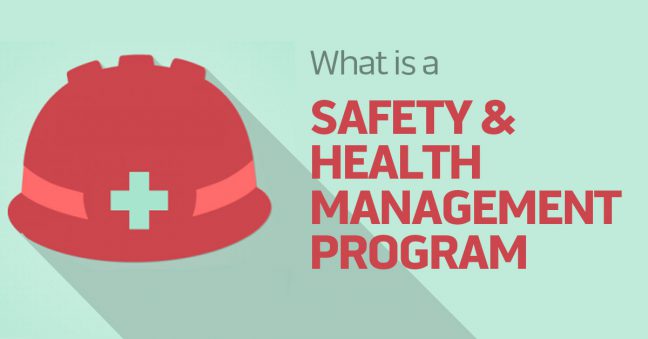 Knowing if your training program is having a positive effect on relevant KPIs, and is helping move your company toward its business goals, is a good thing.
Knowing if your training program is having a positive effect on relevant KPIs, and is helping move your company toward its business goals, is a good thing.
Trainers do this by performing what’s known as a level 4 evaluation (in the traditional four-level Kirkpatrick training evaluation model). There are other training evaluation models as well, and it’s worth exploring them too, but we’ll stick to Kirkpatrick and level 4 in this article.
By focusing on level 4, we’ll be paying attention to the real reason you’re creating training in the first place: to create desired behaviors, to improve performance, and ultimately to contribute to progress toward business goals like higher profits, lower costs, fewer accidents, etc.
Here we go.
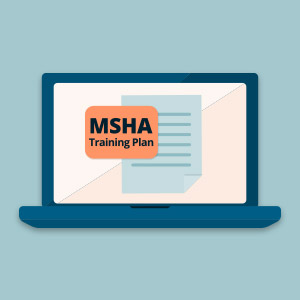 There are many different aspects of MSHA Part 46 compliance training. Recordkeeping is one of those.
There are many different aspects of MSHA Part 46 compliance training. Recordkeeping is one of those.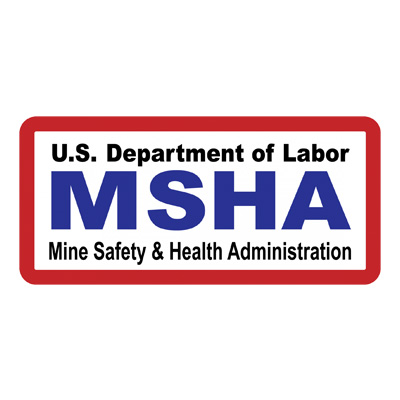 Hey–we’ll be at the
Hey–we’ll be at the 
 If you’re new to safety, the different roles and titles can get a little confusing.
If you’re new to safety, the different roles and titles can get a little confusing.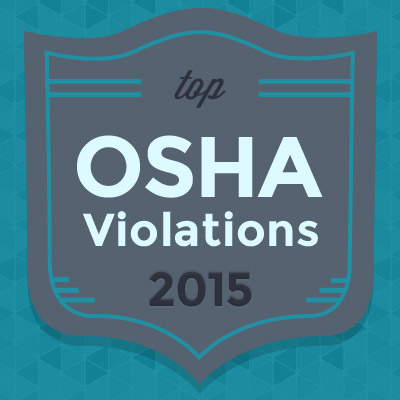 Every year at the National Safety Council’s Safety Congress and Expo, OSHA releases its list of the ten most cited violations from the previous fiscal year.
Every year at the National Safety Council’s Safety Congress and Expo, OSHA releases its list of the ten most cited violations from the previous fiscal year.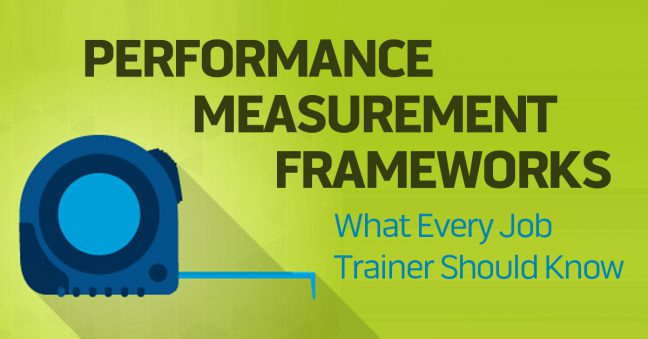
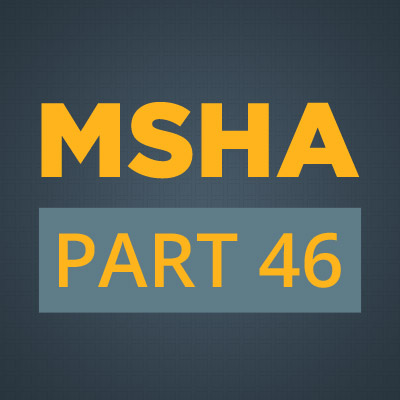 If you’re an operator or a production-operator at a surface mine in the U.S., you know you’ve got to provide
If you’re an operator or a production-operator at a surface mine in the U.S., you know you’ve got to provide 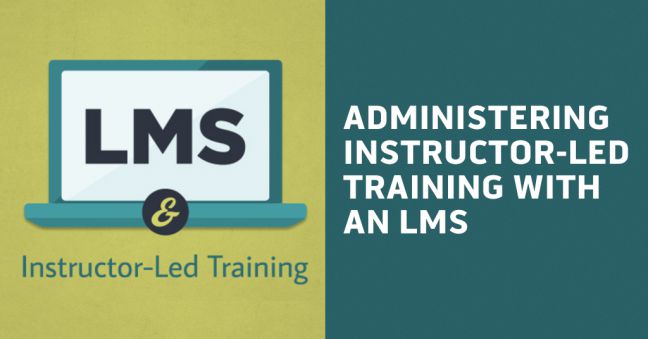
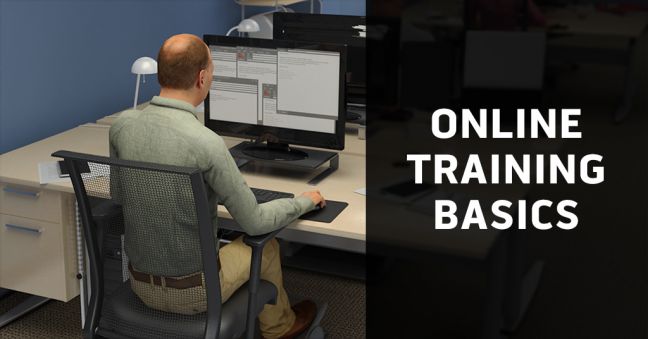
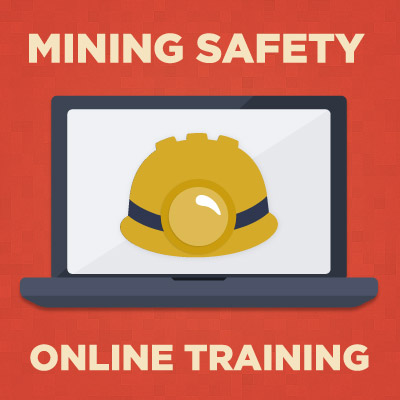 Are you involved in mine safety training, perhaps for Part 46 and/or Part 48 of
Are you involved in mine safety training, perhaps for Part 46 and/or Part 48 of 